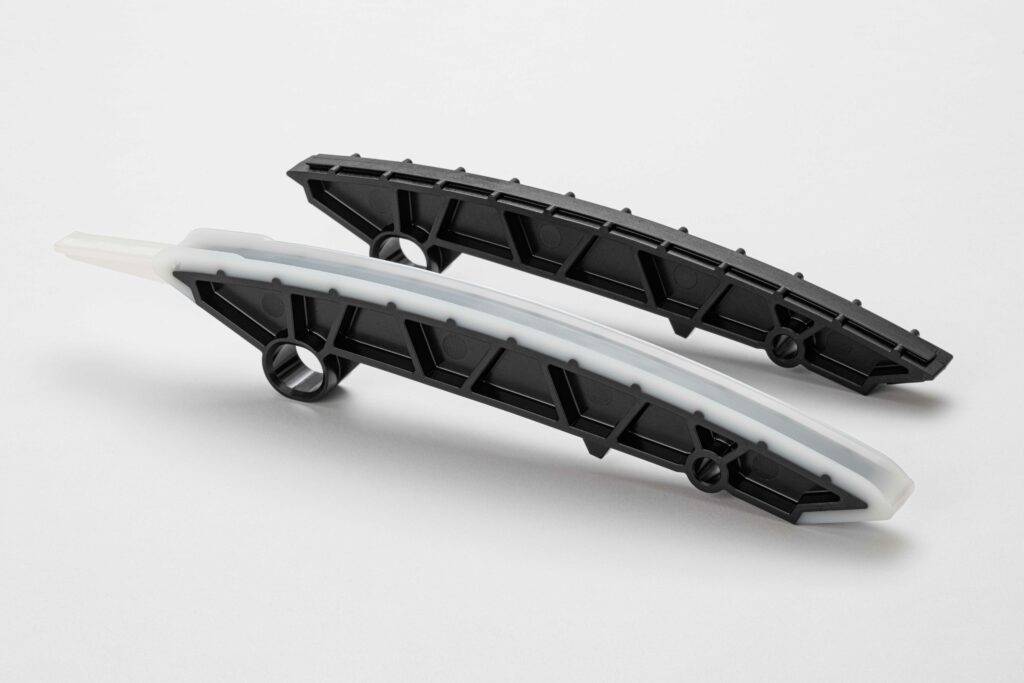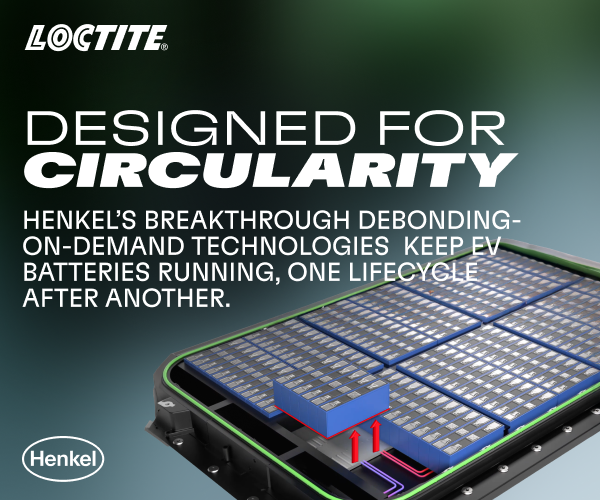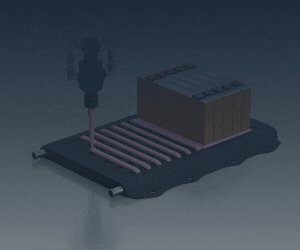BASF pioneers automotive polyamide 6 recycling innovation

(Image courtesy of BASF)
BASF has developed two recycling processes for polyamide 6 recovered from end-of-life vehicles, targeting plastics that have historically been difficult to reclaim. While metals from decommissioned vehicles are routinely recycled, approximately 200 kilograms of plastics per vehicle – including technical polyamides – typically end up incinerated due to contamination and material complexity.
The first process uses chemical depolymerization to break down polyamide chains from components such as used oil pans into caprolactam monomer. After purification to remove contaminants that mechanical recycling cannot address, the monomer is repolymerized into polyamide compounds. BASF and Mercedes-Benz tested the material in a pilot project, manufacturing a chassis stabilizer link to assess whether the recycled polymer could meet automotive quality standards.
The second approach applies solvent-based recycling to polyamide fractions extracted from automotive shredder residue (ASR) – the mixed material remaining after metal and glass removal. Polyamide is selectively dissolved without breaking polymer chains, then purified and reprocessed into PA6 compounds. Pöppelmann validated the method by producing chain guide rails for Mercedes-Benz in near-series conditions.
Life cycle assessments conducted during both projects indicate CO₂ reductions compared to virgin polyamide production and incineration-based recovery. However, scaling these processes will require addressing collection infrastructure, sorting technology investments, and regulatory support.
BASF notes that multiple recycling technologies-mechanical, solvent-based, and chemical – will be necessary to handle the variety of waste streams in automotive applications. Mercedes-Benz has stated that expanding recycling capabilities is essential for increasing secondary raw material use in new vehicles, particularly as regulations such as the End-of-Life Vehicle Regulation impose stricter material recovery requirements.
The projects represent an effort to recover value from contaminated automotive plastics and complex residue streams that have limited recycling options under current methods. Whether these processes can achieve commercial viability at scale remains to be seen as the industry navigates cost structures and supply chain integration.
Click here to read the latest issue of E-Mobility Engineering.
ONLINE PARTNERS





















